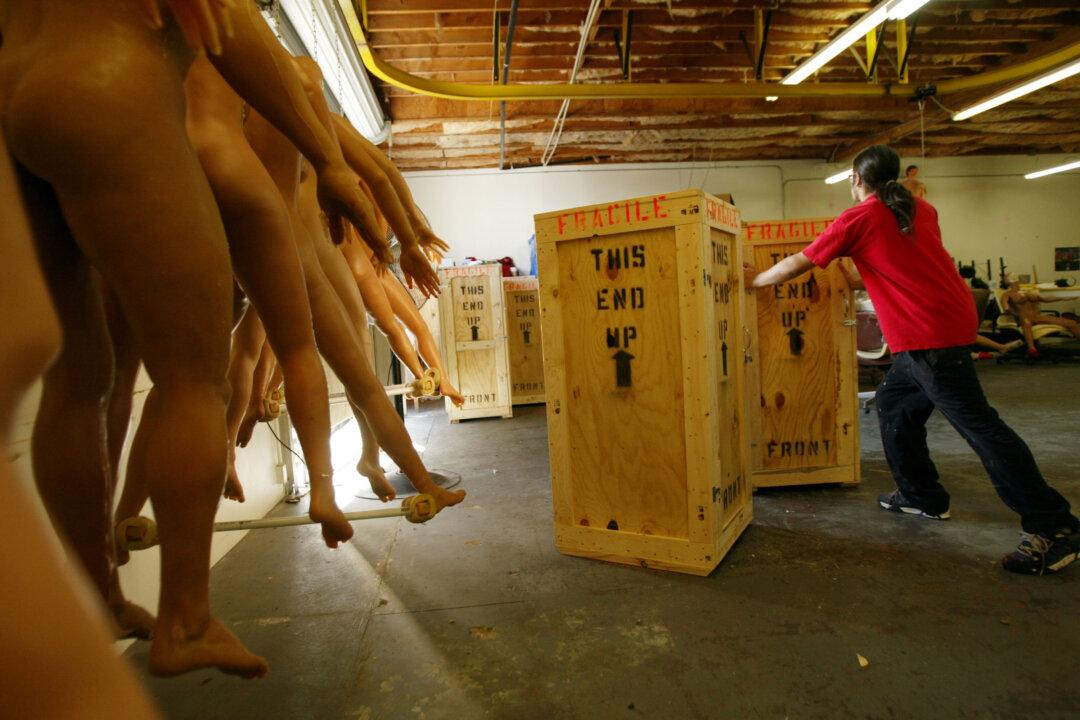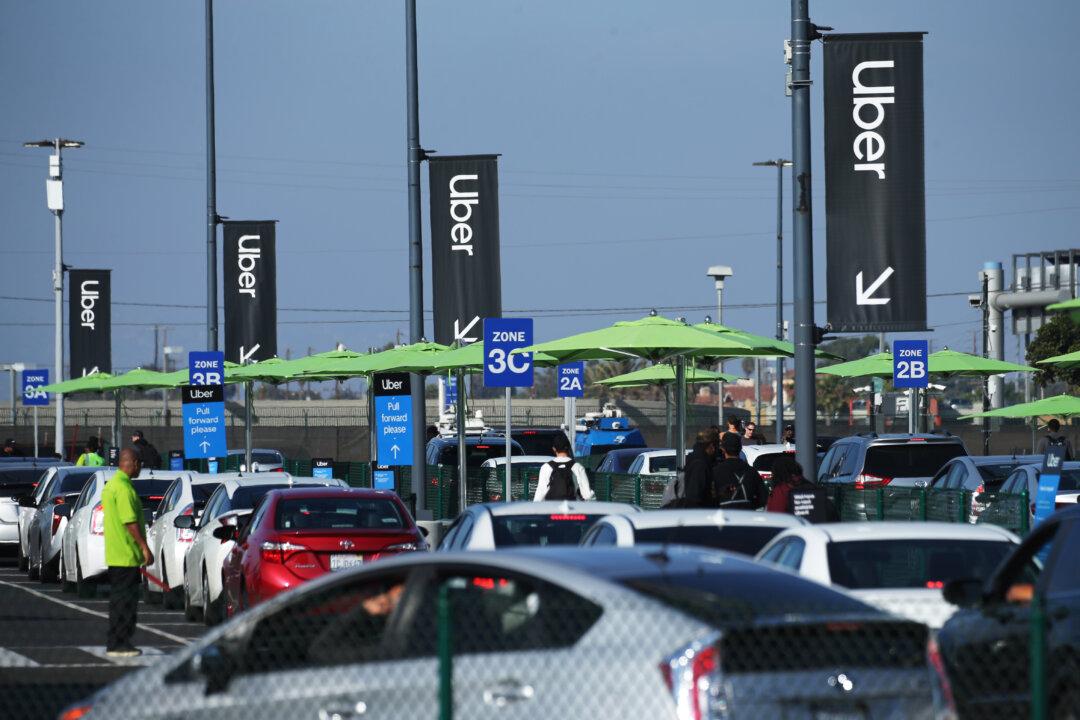After the U.S. Coast Guard recently seized an estimated $92 million worth of cocaine from boats in the Pacific Ocean and transported it to San Diego, the agency warned of an uptick in drug smuggling in the area.
The boats were carrying roughly 6,800 pounds worth of cocaine and were interdicted by the Coast Guard Cutters Alert, Robert Ward, and Seneca off the coast of Mexico, Central America, and South America between the months of July and October.





